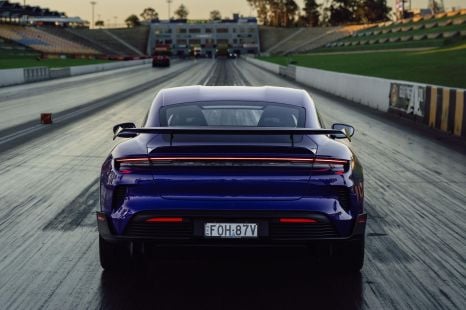

Toby Hagon
Banned! The car that’s too quick for Aussie drag strips
5 Hours Ago
The Mirage is the last passenger car standing in Mitsubishi's local line-up but it could be discontinued due to new side impact regulations.

News Editor
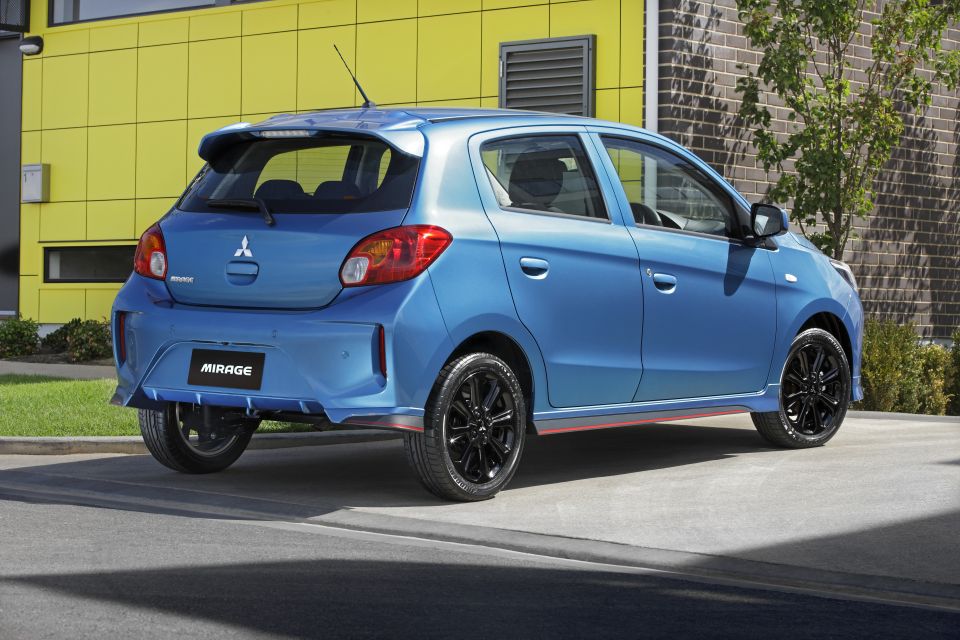

News Editor
The Mitsubishi Mirage could be the next victim of a new Australian Design Rule (ADR).
The brand’s sole passenger car in Australia, the Mirage may fall afoul of the same Australian Design Rule (ADR) changes that have led to the discontinuation of the Lexus CT, IS and RC, the Alpine A110, and the Nissan GT-R locally.
CarExpert understands the Mirage could be axed as a result of the new regulations, but that Mitsubishi isn’t ready to give up on passenger cars in Australia.
ADR 85/00 – Pole Side Impact Performance first came into effect on November 1, 2017, but vehicles already on sale at that time were effectively grandfathered in.
From November 1, 2021, however, all vehicles on sale in Australia must meet this standard.
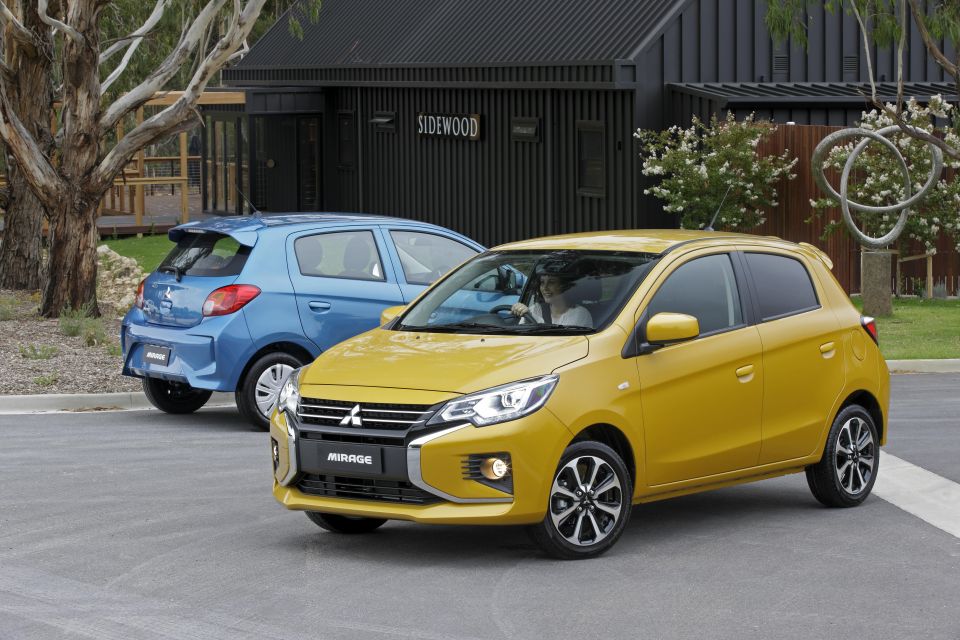
That would require Mitsubishi to make structural upgrades and seek approval for the continued sale of the Mirage, which has been on sale in Australia since 2013.
The even older ASX, first introduced in 2010, isn’t affected by this standard.
Given the greater cooperation between the members of the Renault-Nissan-Mitsubishi Alliance, Mitsubishi could use shared platforms to develop a new micro or light car.
According to Nikkei Asia, Mitsubishi is planning to reduce the number of platforms it uses from eight to four by March 2026, with two of these being developed by Nissan.
That would also mean Mitsubishi would only sell Nissan-based models in its home market of Japan, where it’s outsold by Toyota, Suzuki, Honda, Daihatsu, Nissan, Mazda and Subaru.

Any Mirage successor, therefore, would almost certainly use a platform from elsewhere in the Renault-Nissan-Mitsubishi alliance, like the Renault Clio and Captur’s CMF-B architecture or the lower-cost CMF-A platform underpinning the likes of the Renault Kwid.
The new ADR was announced back in 2015, and was the first time Australia led development of a global vehicle standard.
“This ADR is based on United Nations Global Technical Regulation (GTR) 14, which sets strict performance criteria for light passenger and commercial vehicles in side impacts with a narrow object such as a pole,” said Minister for Major Projects Paul Fletcher at the time.
“However, it will also improve occupant protection in other side impacts, including car-to-car impacts.”

The Mirage is currently sold throughout Asia, North America and Europe, the latter in which it’s marketed as the Space Star.
Mitsubishi has continued to shrink its global passenger car portfolio, and there’s currently little else in Mitsubishi’s passenger car portfolio that could be offered here to supplement the brand’s higher-riding models.
In Japan, it offers a wide range of kei cars that are too small for Australia, while in Taiwan it’s still offering updated versions of the old Colt and Lancer.
The Mirage remains a steady if unexceptional seller in most markets.
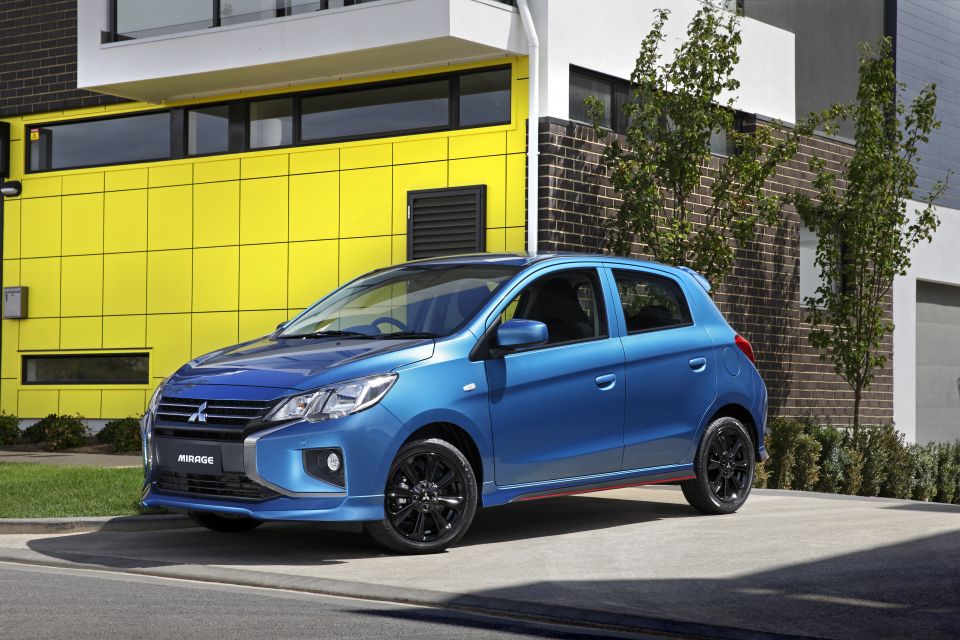
In Europe, for example, it’s typically outsold by the Kia Picanto by around two-to-one, while in the US it sells about as well as the Chevrolet Spark, its only direct competitor in a market where there’s much less demand for a car this size.
The Mirage is also sold throughout south-east Asia, where its sedan counterpart lives on as the Attrage after having been axed here in 2016.
To the end of August 2021, Mitsubishi has sold 617 Mirages in Australia. That puts it a distant second to the Kia Picanto (4585), though it’s outselling the only other car in the micro car segment, the Fiat 500/Abarth 595 (377).
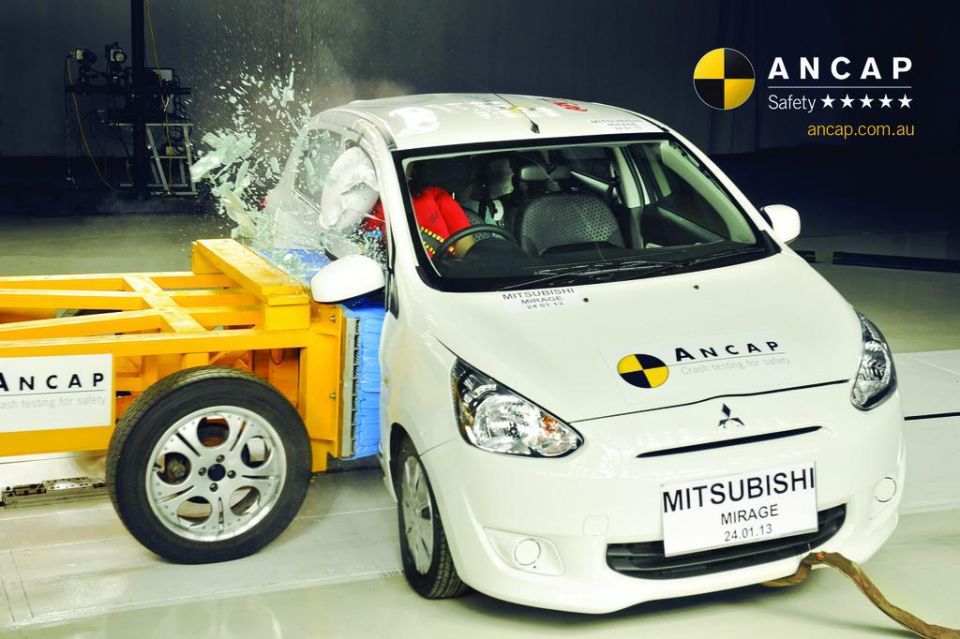
Last year, Mitsubishi sold just 594 examples. That was a long way down from its height of 9549 sales in 2013.
The micro car segment has shrunk by 78 per cent in that time, with rivals like the Chery J1, Fiat Panda, Holden Spark, Nissan Micra and Volkswagen Up long gone.
Where expert car reviews meet expert car buying – CarExpert gives you trusted advice, personalised service and real savings on your next new car.
William Stopford is an automotive journalist with a passion for mainstream cars, automotive history and overseas auto markets.


Toby Hagon
5 Hours Ago
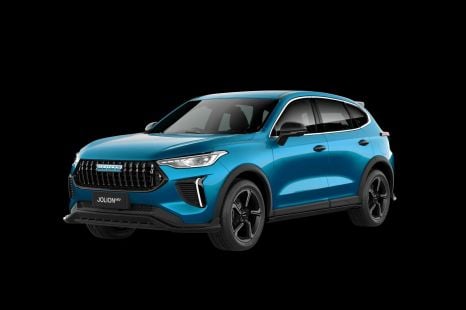

William Stopford
6 Hours Ago
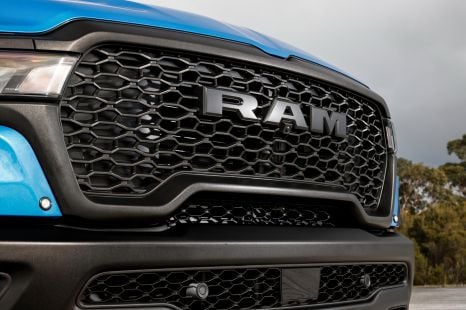

William Stopford
7 Hours Ago
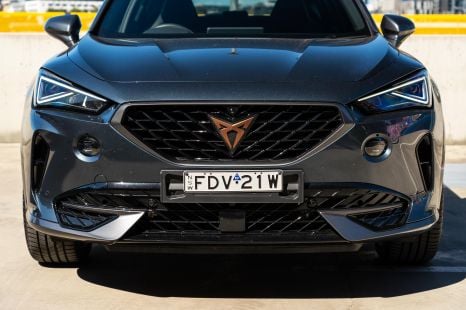

James Wong
8 Hours Ago
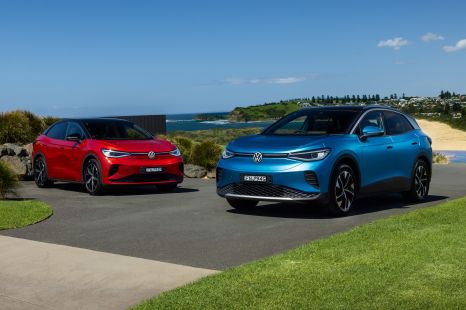

Damion Smy
10 Hours Ago
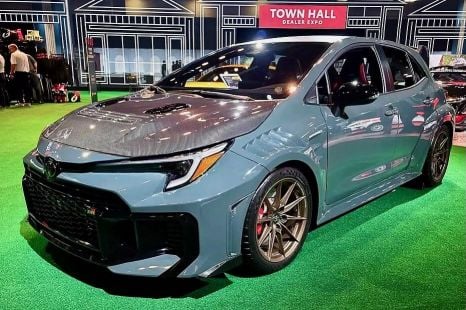

Ben Zachariah
10 Hours Ago